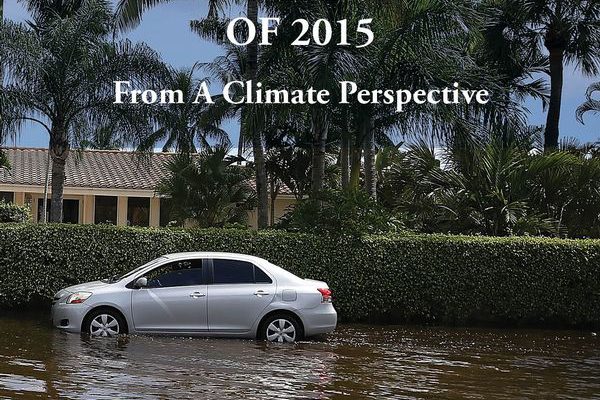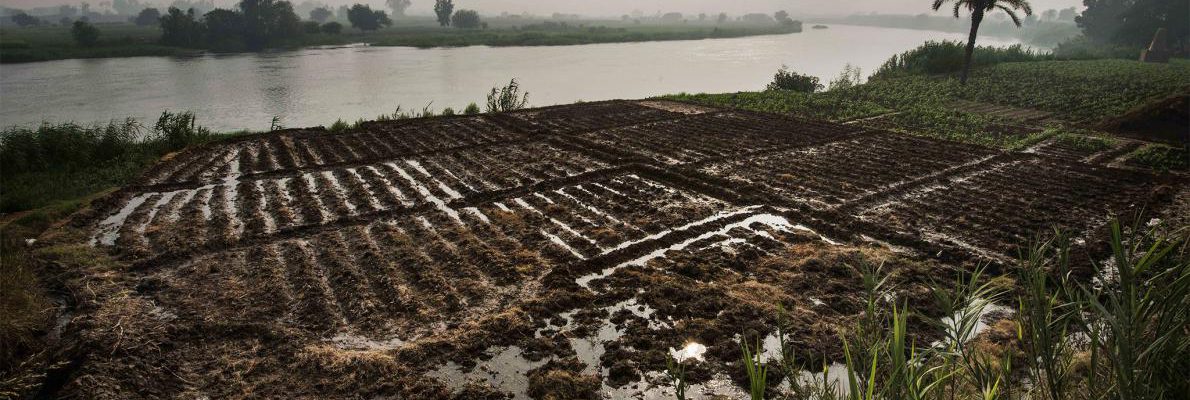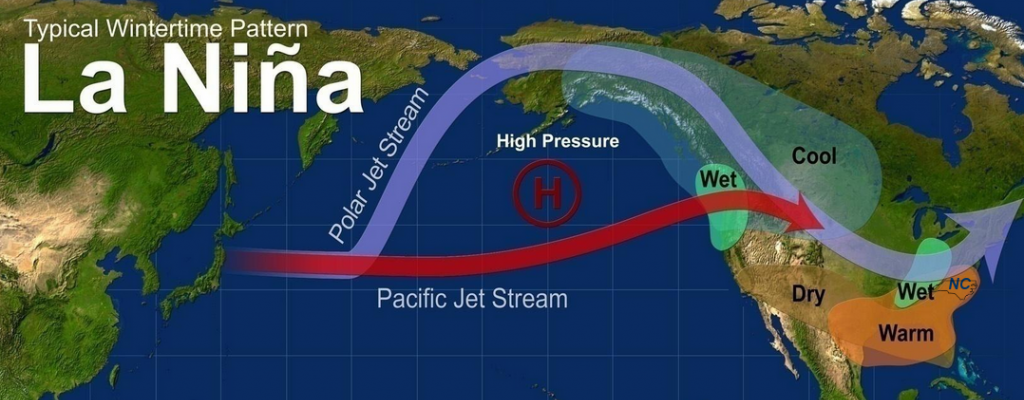-

On Christmas Eve in 1968, the Apollo astronauts photographed the rise of the Earth over the moon in one of the most frequently used photos of all time, accompanied by a reading from the Book of Genesis. Today you can remember that along with more recent photos and videos of Earth rise and set from…
Posted in: Climate and Ag in the news -

Vegetable Growers News reported this week that early reports of Florida strawberry production this year look favorable. Wish Farms, a national produce grower and supplier, noted that the cooler temperatures during the planting season has conditioned the strawberry plants to produce more consistent blooms than they experienced last year. You can read more about it…
-

This week NOAA released their latest report, the fifth edition of Explaining Extreme Events from a Climate Perspective, which presents 25 peer-reviewed research papers that examine episodes of extreme weather of 2015 over five continents and two oceans. It features the research of 116 scientists from 18 countries analyzing both historical observations and changing trends…
-

The latest 7-day QPF shows that most of the Southeast is expected to receive less than 1/2 inch of rain in the next week, although the far northern parts of Alabama and Georgia may see quite a bit more. The driest areas will be in southern Georgia and northern Florida, and drought conditions may expand…
-

National Geographic had a recent article describing changes in the way that Egyptian farmers are having to make in their traditional ways of farming to deal with changes in the flow of the Nile, the source of most water for agriculture in the country. The flow of the Nile has changed due to the building…
-

The US Forest Service has a useful web site that serves as a resource center for topics on climate change and how it is likely to affect forests and grasslands in years to come. The site includes a number of modules on climate science, impacts of changing climate, and how land managers can respond. You…
-

The latest ENSO blog post from NOAA’s Climate.gov provides an excellent discussion of how La Niña causes shifts in temperature and precipitation across the Southeast and other regions of the US and other countries. It describes the shifts in the jet stream associated with the pool of colder-than-normal ocean temperatures in the eastern Pacific Ocean…